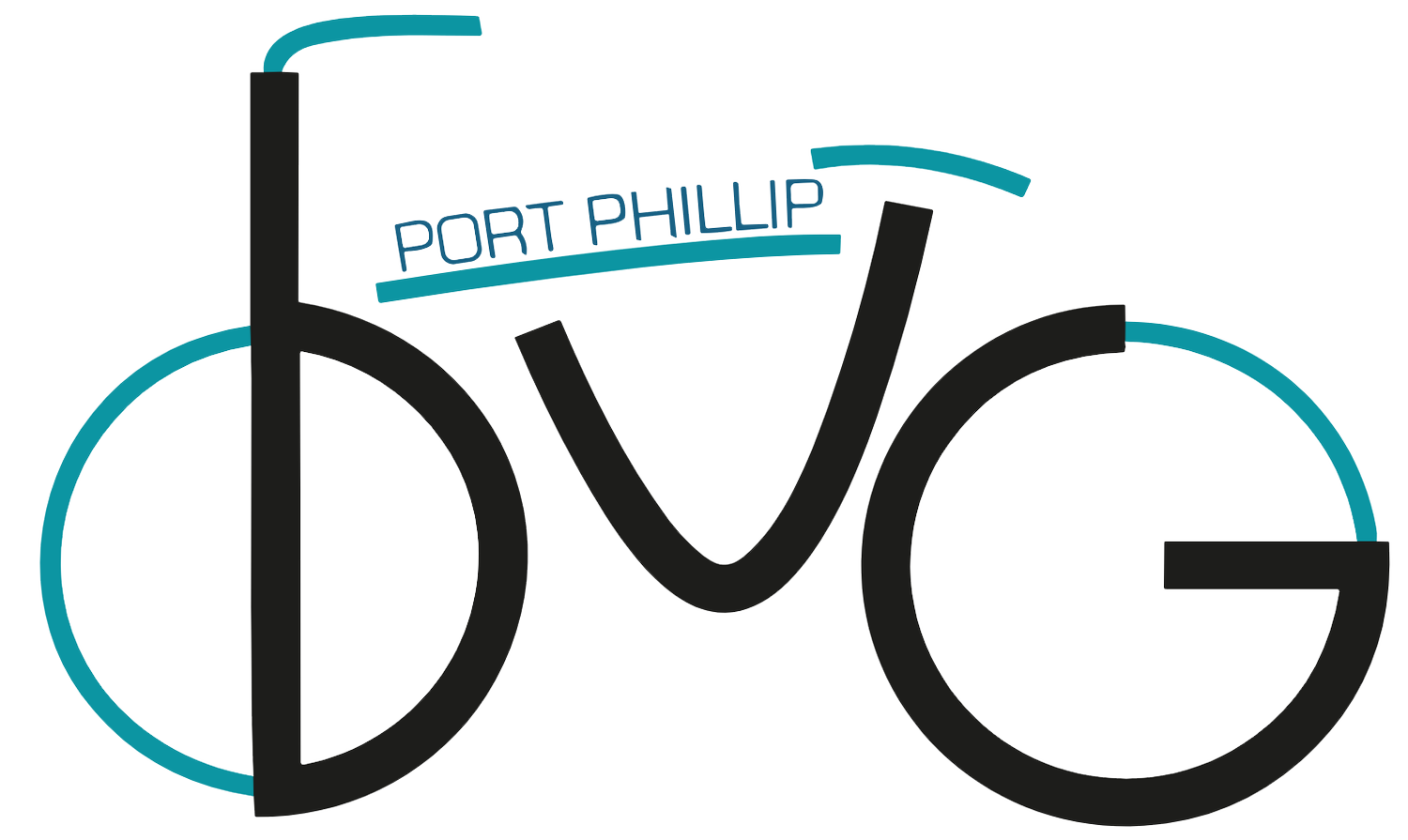Concern: Separated bike lanes create more traffic congestion.
Answer: More transport options means less people NEED to drive. This reduces congestion. Less congestion means faster trips for all— including drivers. And better transport means more patrons to support our local businesses.
Most urban trips are less than 5km, a distance that can easily be covered by a number of micro-mobility and active transport options such as bikes and scooters.
Concern: All trees and existing vegetation will be removed.
Answer: On the contrary, as part Option A, a net of 26 trees will be added to streetscape, increasing tree canopy cover and biodiversity while providing shade, passive irrigation, and improved water quality. The reallocation of space away from cars will help in reducing air pollution, but will also contribute to a healthier and more sustainable urban environment.
Concern: It creates access issues for emergency vehicles.
Answer: With careful planning and thoughtful design, separated bike lanes can coexist seamlessly with emergency access requirements.
With Option A, there is no central barrier on the road, emergency vehicles can travel centrally on the road with vehicles pulling to the side when required. Additionally, the proposed lanes are wide enough (2.2m “SUV-wide”) that smaller vehicles can also go through them in emergency situations.
We can look abroad for additional evidence. The city of Paris has seen the average response time for emergencies falling below seven minutes, with firefighters and first-responders attributing it to the city’s recent deployment of cycle paths.
Concern: Separated lanes are dangerous because cars sometimes turn into the lane at intersections without looking.
Answer: It is very important to make intersections safe for all vulnerable users of the road. Option A comes with protected intersection designs which include curb extensions to prevent cars from turning into the lane without looking, signalling improvements to give pedestrians and cyclists a head start, as well as road surface markings providing clear visual indication of a potential conflict point.
Concern: This is for people who don’t even live here.
Answer: This project responds to ongoing local safety issues and personal injury risks experienced by the community and seeks to increase local transport choices. It supports local connectivity, giving people the choice to walk or cycle to nearby safely destinations, including shops, parks and services.
Concern: This is for cyclists, and not everyone can ride a bike.
Answer: This project is about making Inkerman safer for all vulnerable users: pedestrians, kids, active transport users, but also people who rely on mobility aids or devices such as wheelchairs, walkers or strollers. Informal mid-block crossing is difficult for people with limited mobility as they may be required to navigate level changes and moving traffic. As part of Option A, new raised pedestrian crossings with flashing lights are proposed to make it safer and easier for people of all abilities to cross Inkerman Street.
Furthermore, all the existing accessible parking spaces on the south side of the road will be retained.
